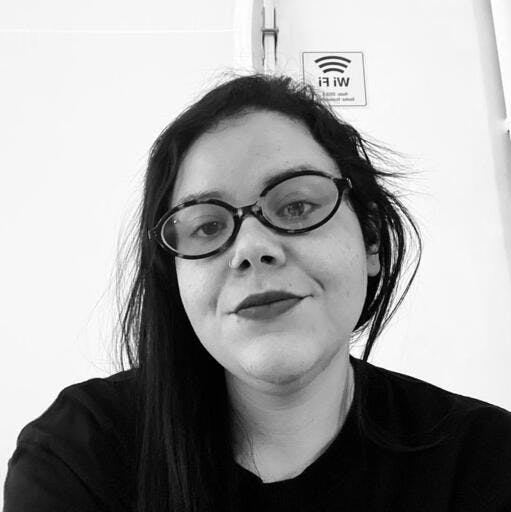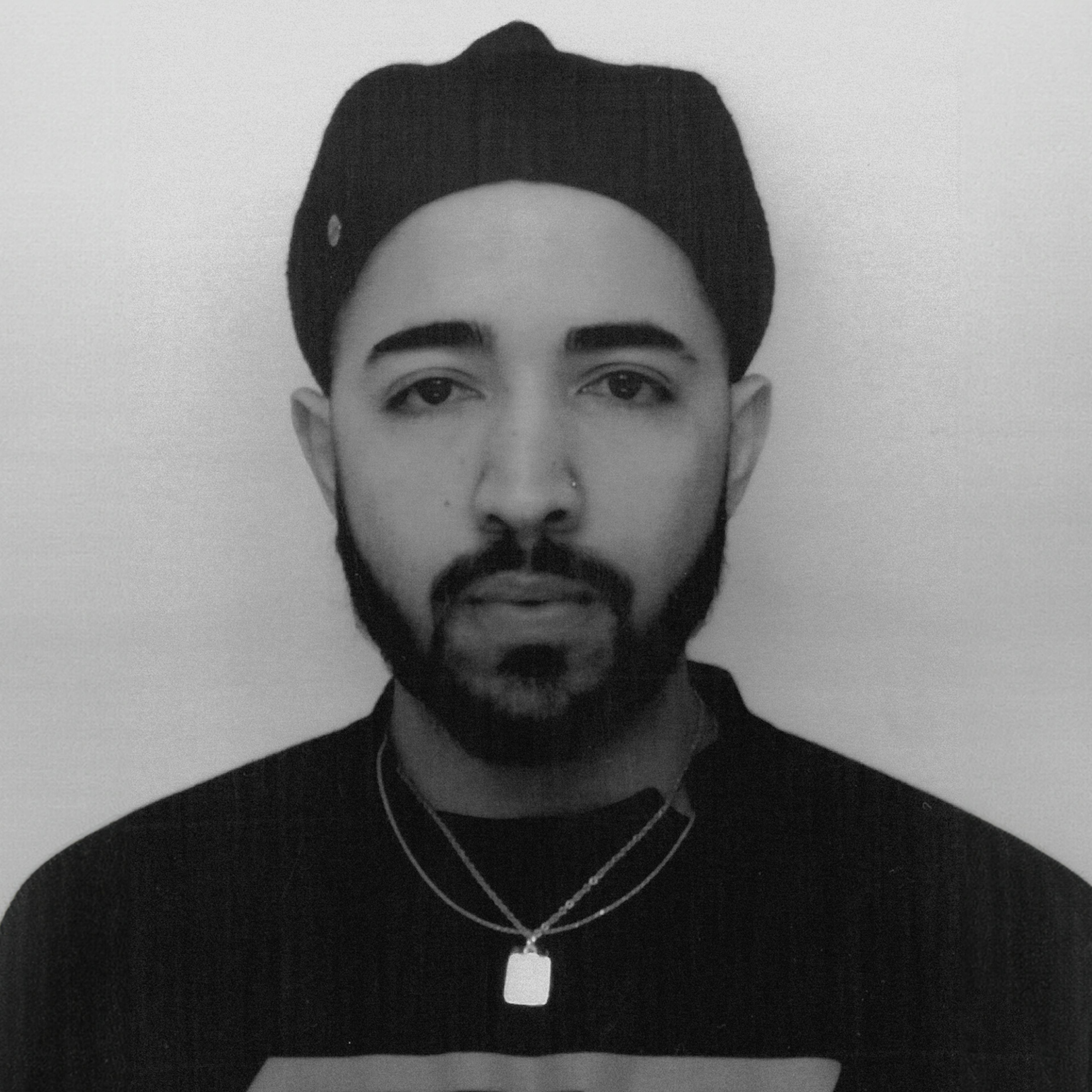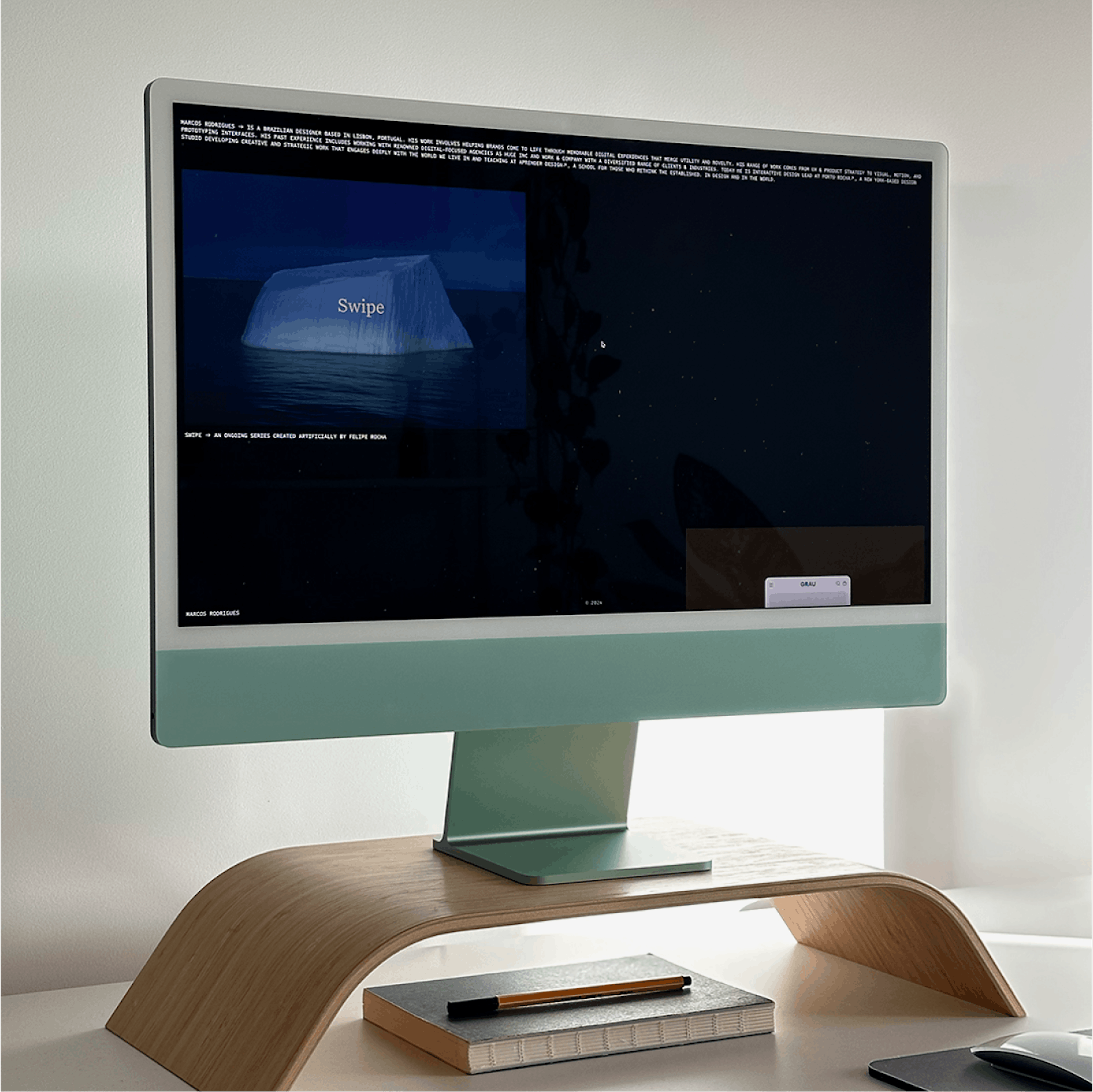1) Hey, Marcos! How are you doing? Could you tell me a bit about your story? Where you were born, something from your youth that still has an impact on you...
Hey everyone, I’m doing fine. Aside from everything happening in the world, I’m trying to live my life the best I can, taking it one day at a time and looking for opportunities to be with the people I love, in places that I love and that make me feel good.
Well, my name is Marcos Rodrigues Pereira, I was born in São Paulo in 1994 — the year Brazil won its fourth World Cup, Racionais released one of the most important rap albums in history, Ayrton Senna tragically passed away, and it was also the year when broadband internet connections started to appear.
Although I was born in the middle of so many events, with the turn of the century approaching and everything that came with it, I had a very simple childhood. I was a child from the periphery, spending most of my childhood in São Mateus, in the far east of São Paulo. That’s where I have my earliest emotional memories and the place that helped shape a large part of my worldview, how I see myself, and the sense of community and responsibility I try to apply in all aspects of my life.
It was this sense of togetherness that helped me form connections I still carry with me today. The idea that everything there was shared, that we built what we had together, made me understand that without one part, we didn’t have the whole — and that applied to everything: flying kites, playing soccer, skating, organizing a friend’s birthday party, sharing snacks, pooling money for tickets, etc.
We always helped each other. We shared our victories together.
Even though I was born in São Paulo and have a very strong connection to the place, I’ve always shared that connection with Rio de Janeiro. Nearly my entire family lives in Rio, except for two uncles, two cousins, my mom, and me — we moved there because of my dad’s job transfer, as he was a metalworker at the time.
I spent my childhood and early adolescence in São Paulo, and my adolescence and early adulthood in Rio, where I lived in Baixada Fluminense, specifically in São João de Meriti. It was in Rio that I first came across the term "design," enrolled in college, and began my professional career.
My experience in Rio gave me many things, but one thing that stands out is the ability to navigate different places and contexts, with people from different backgrounds. I remember a time in my life when I lived in one area of Rio, worked in another, and studied in a third. This gave me the chance to see and experience a lot, to understand how the world around me worked.







